While mythical underwater cities like Atlantis have long captured the human imagination, real submerged civilizations occasionally emerge from the ocean’s depths. In 2001, oceanographers from India’s National Institute of Ocean Technology (NIOT) were conducting routine pollution checks in the Gulf of Cambay, located off the coast of Gujarat, India. During their work, they used side-scan sonar technology to send sound waves to the ocean floor, and the results revealed unusual geometrical structures spread across a vast area, about 120 feet below the surface.
After analyzing the findings, researchers concluded that the structures were remnants of a city dating back 9,500 to 12,000 years, which predates the Harappan civilization by millennia. This astonishing discovery suggested that this lost underwater city could be one of the earliest known cradles of civilization. As reported by Indy100, the find challenged conventional understandings of ancient human history. In early 2002, BBC reported that the large geometrical structures contained a range of intriguing artifacts, including pottery, beads, sculptures, sections of walls, as well as human bones and teeth. Radiocarbon dating revealed that these artifacts were approximately 9,500 years old. The ancient city of Dwarka, once believed to be a myth, was discovered submerged off India’s western coast in 2001. Thought to have sunk over 9,000 years ago, ancient Hindu texts describe Dwarka as the home of the deity Krishna. In a statement on May 19, 2001, India’s then science and technology minister, Murli Manohar Joshi, announced that the artifacts offered proof of a civilization older than the Bronze Age Indus Valley or Harappan civilizations.
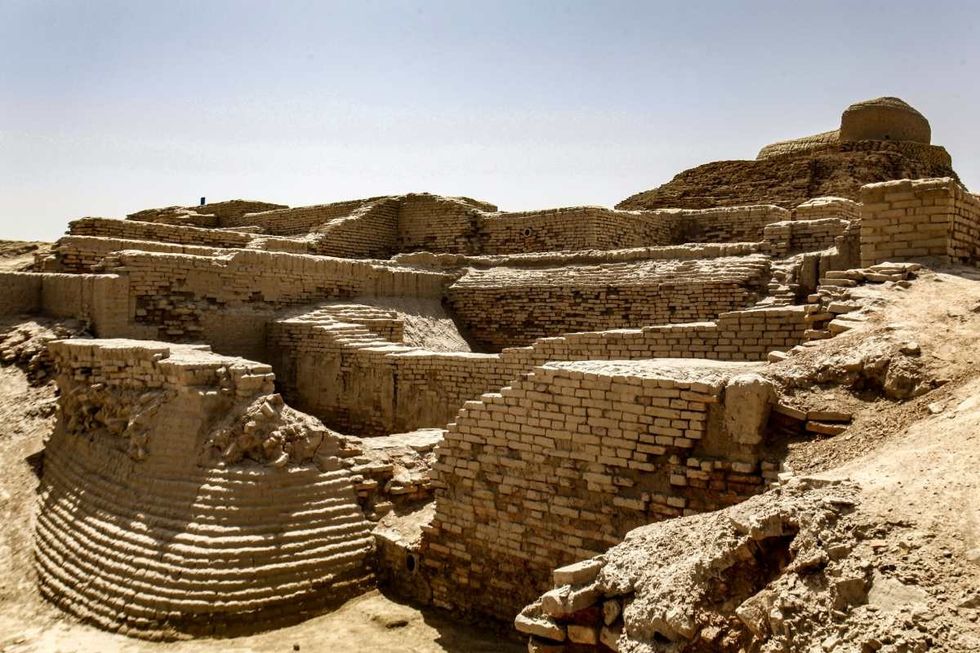
An Indian civil servant and the country’s leading expert on the ancient Indus script, Iravatham Mahadevan, told Frontline that the geometrical structures and artifacts discovered were most likely to be man-made rather than natural. Many archaeologists rejected the “9,500-year-old” antiquity claim, especially for a piece of wood discovered from the ocean floor. But Chairman of the Paleoclimate Group and founder of Carbon-14 testing facilities in India, Dr. D.P. Agrawal, confirmed that the piece was dated twice, at separate laboratories. He argued that 20,000 years ago the Arabian Sea was 100 meters lower than its current level, and the rising sea levels eventually drowned the forests, to which the piece of wood belonged.
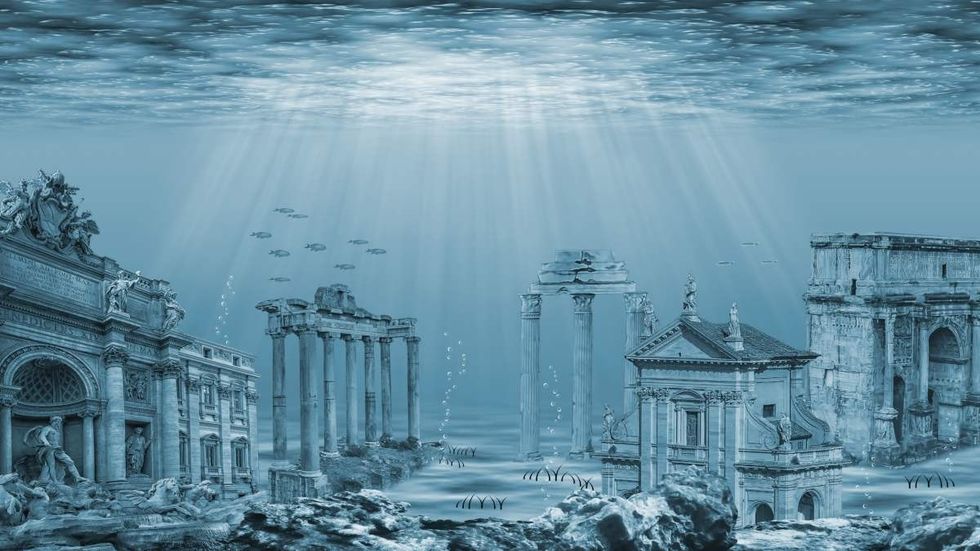
On the other hand, author and filmmaker Graham Hancock said in an episode of his documentary, "Exploring the Lost City of Dwarka,” that this lost Indian city “could be linked to the Ice Age,” as per Daily Express. “There's a huge chronological problem in this discovery. It means that the whole model of the origins of civilization with which archaeologists have been working will have to be remade from scratch," he told BBC then.
Writing in Archaeology Online, Dr. S.Badrinaryan, who was chief geologist for NIOT’s scientific team at the time, said, “It was generally believed that a well-organized civilization could not have existed prior to 5500 [before the present day]. Many were reluctant to accept that the flood myths mentioned in many ancient religious writings held some grains of truth.” However, he added that it looked like the ancient civilization got submerged in the water and was therefore missing from history books.
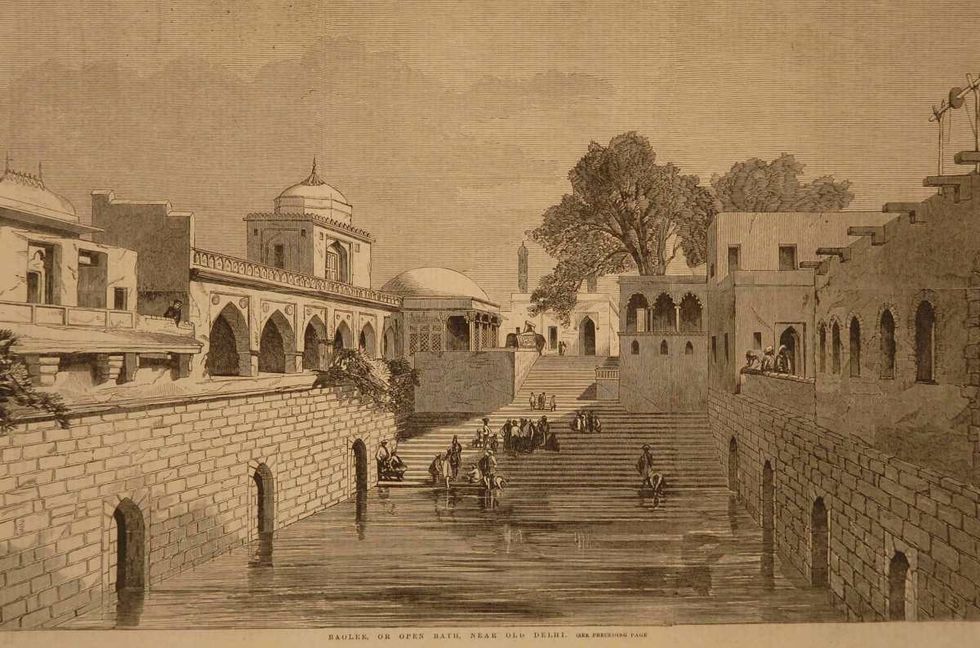
Presently, the site of this discovery is known by the name “Gulf of Khambhat Cultural Complex,” and is regarded as a melting pot of valuable archaeological information. However, even to this day, details of how this ancient civilization disappeared under the ocean, remain unknown. "We have to find out what happened then ... where and how this civilization vanished," Joshi told BBC News.





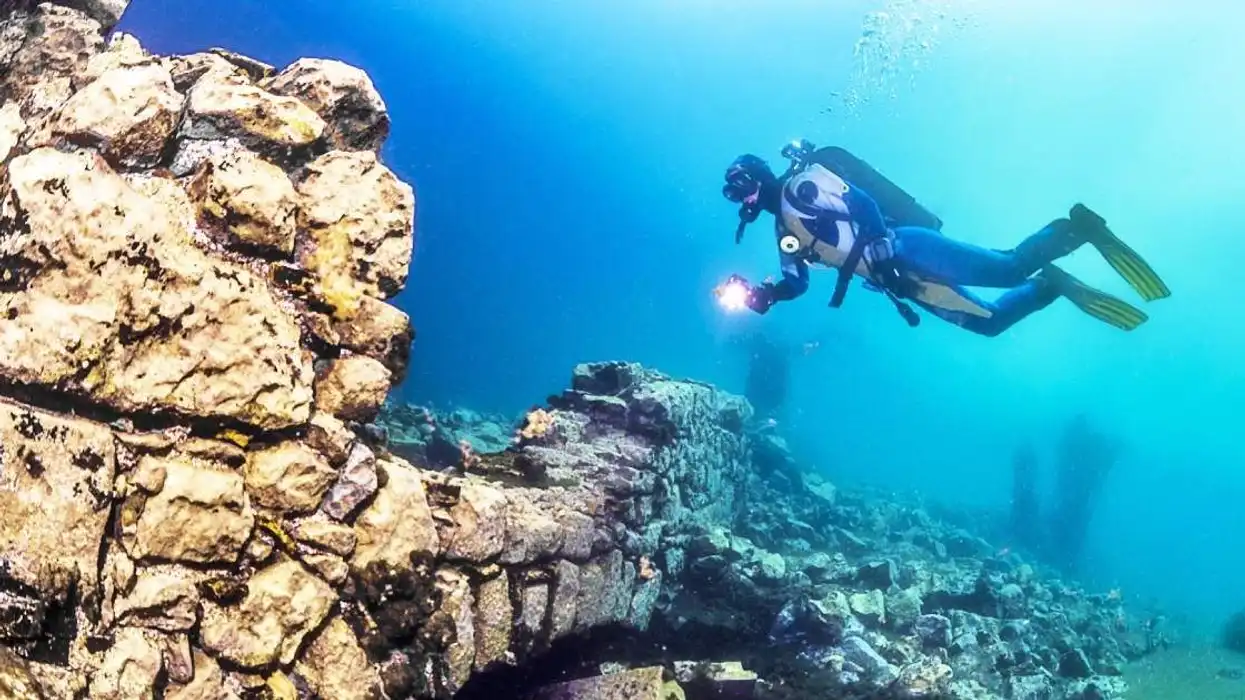












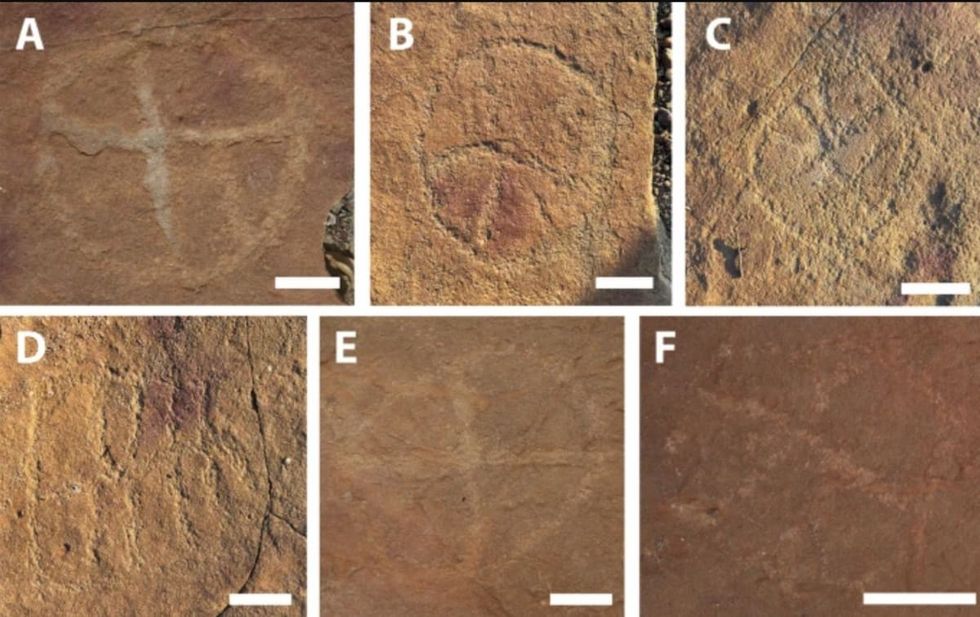 Image frmo Scientific Reports of ancient artwork. Image Source:
Image frmo Scientific Reports of ancient artwork. Image Source: 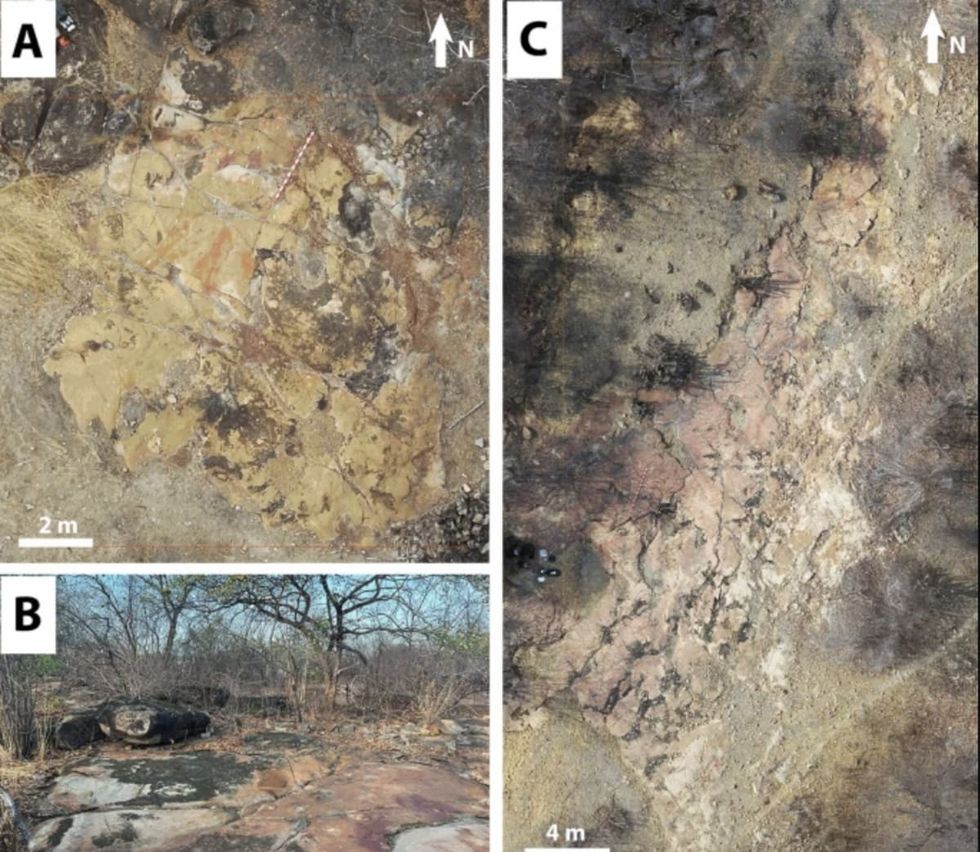 Image frmo Scientific Reports of ancient artwork.Image Source:
Image frmo Scientific Reports of ancient artwork.Image Source: 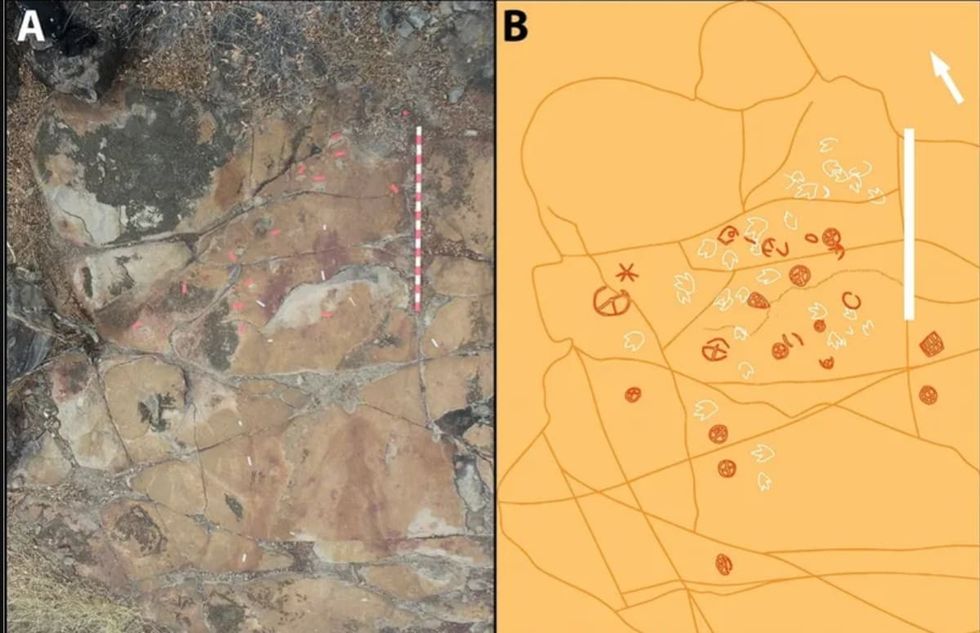 Image frmo Scientific Reports of ancient artwork.Image Source:
Image frmo Scientific Reports of ancient artwork.Image Source: 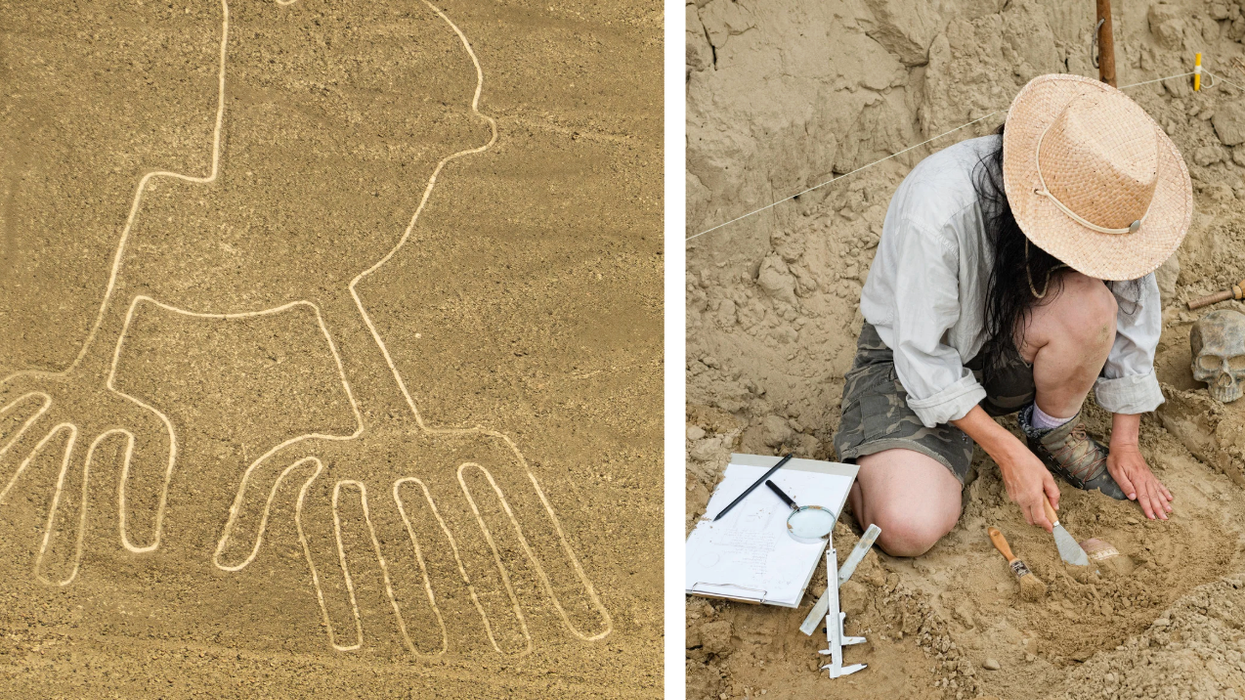

 It's difficult to imagine seeing a color and not having the word for it. Canva
It's difficult to imagine seeing a color and not having the word for it. Canva
 Sergei Krikalev in space.
Sergei Krikalev in space. 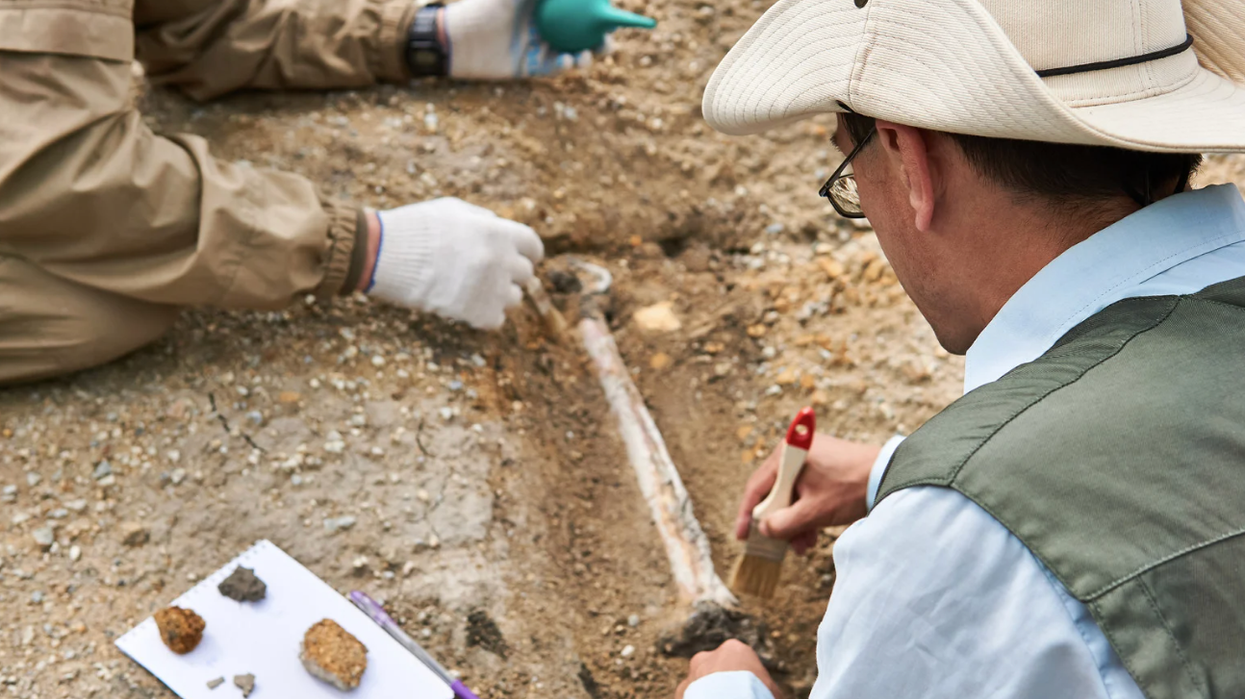

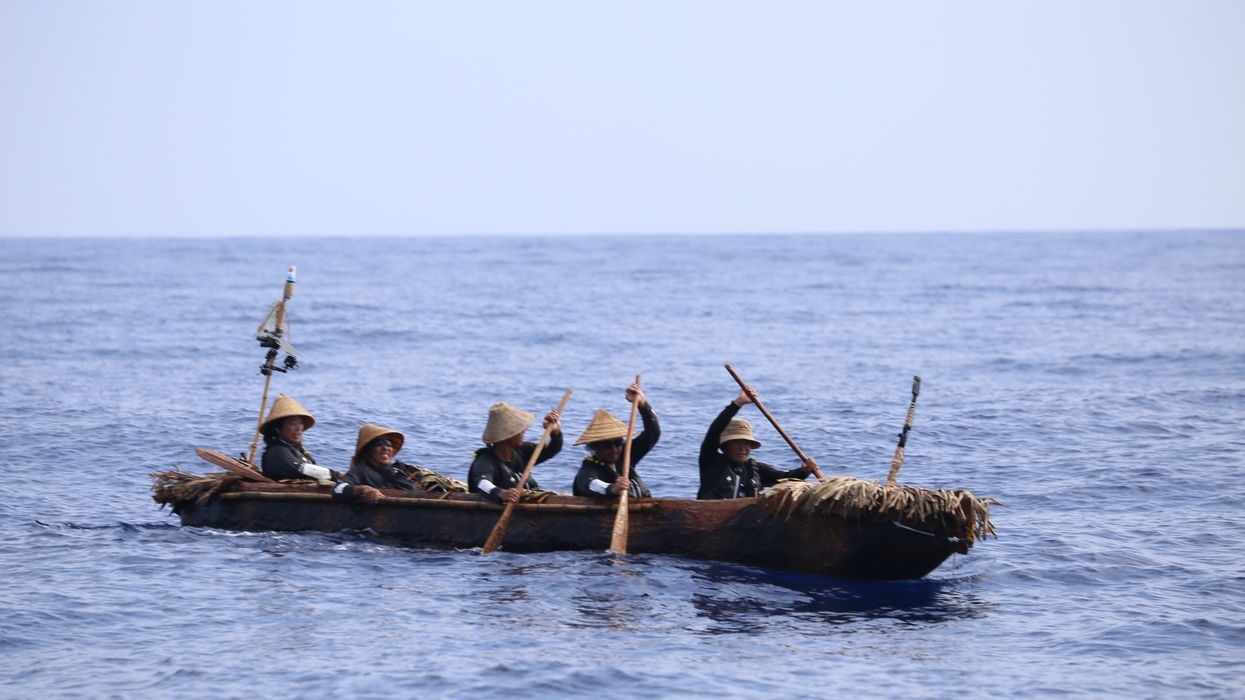
 The team also crafted their canoe using ancient methods and Stone Age-style tools. National Museum of Nature and Science, Tokyo
The team also crafted their canoe using ancient methods and Stone Age-style tools. National Museum of Nature and Science, Tokyo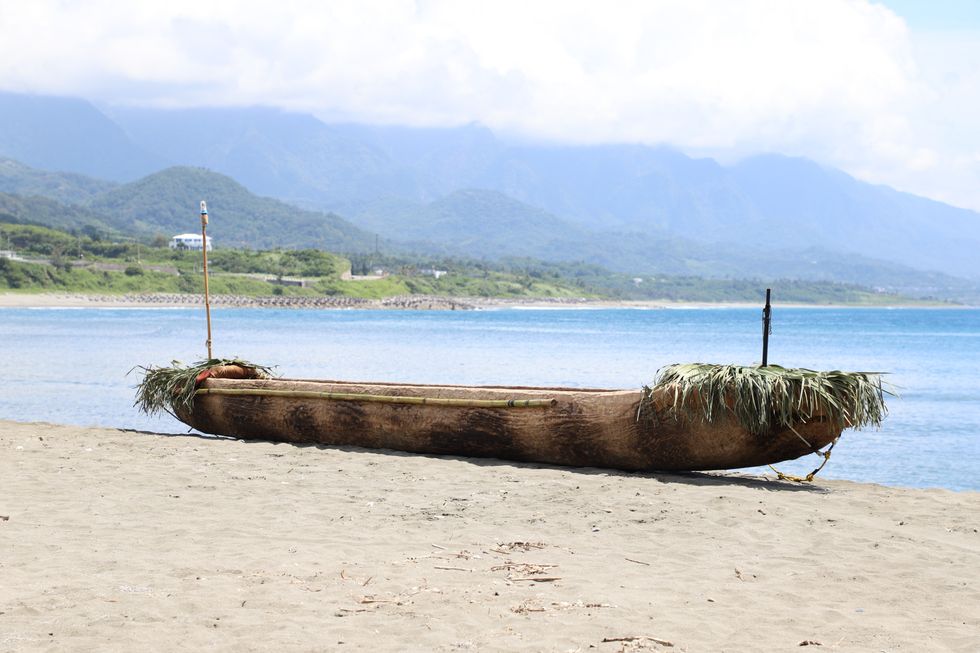 The cedar dugout canoe crafted by the scientist team. National Museum of Nature and Science, Tokyo
The cedar dugout canoe crafted by the scientist team. National Museum of Nature and Science, Tokyo